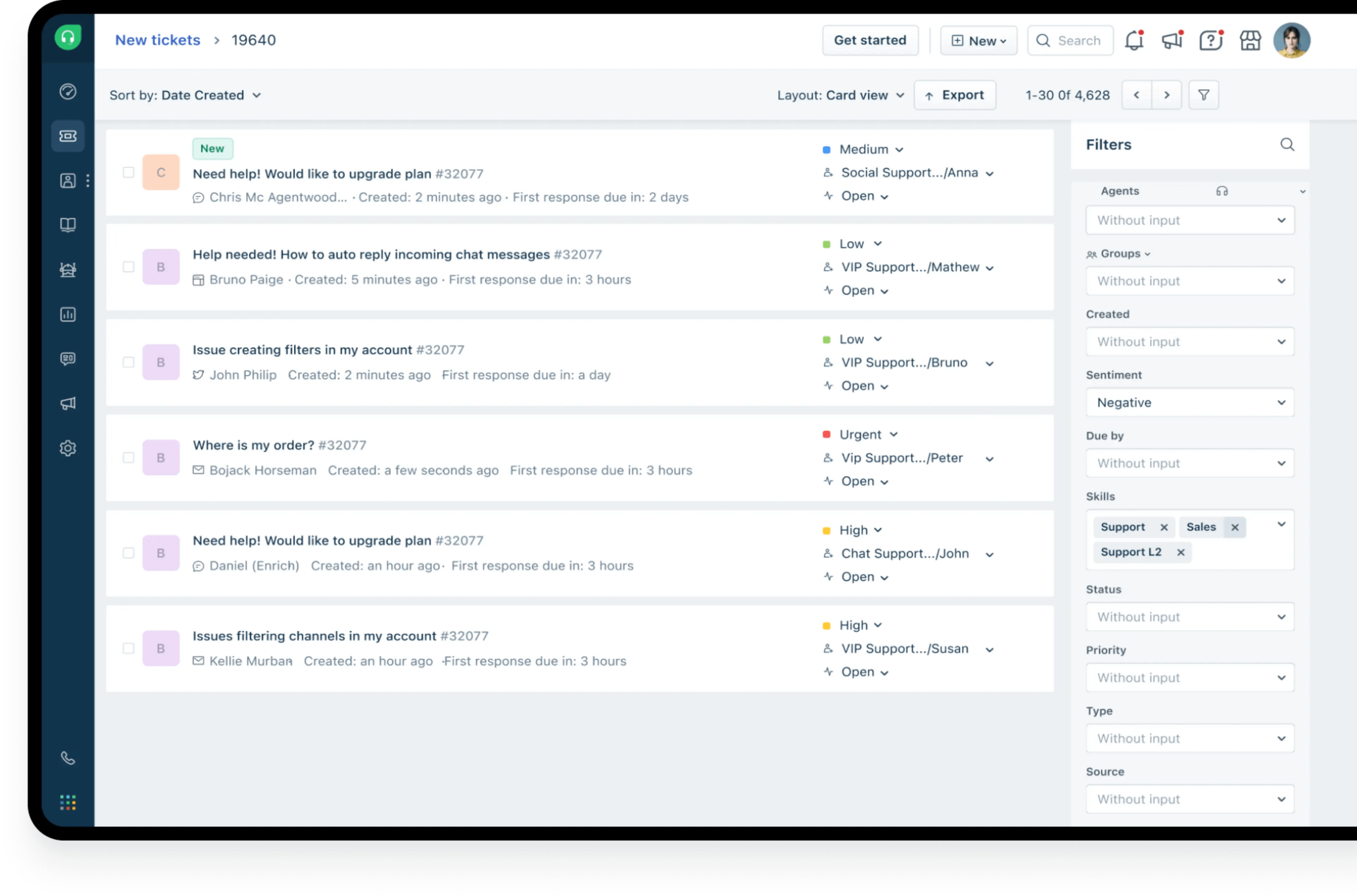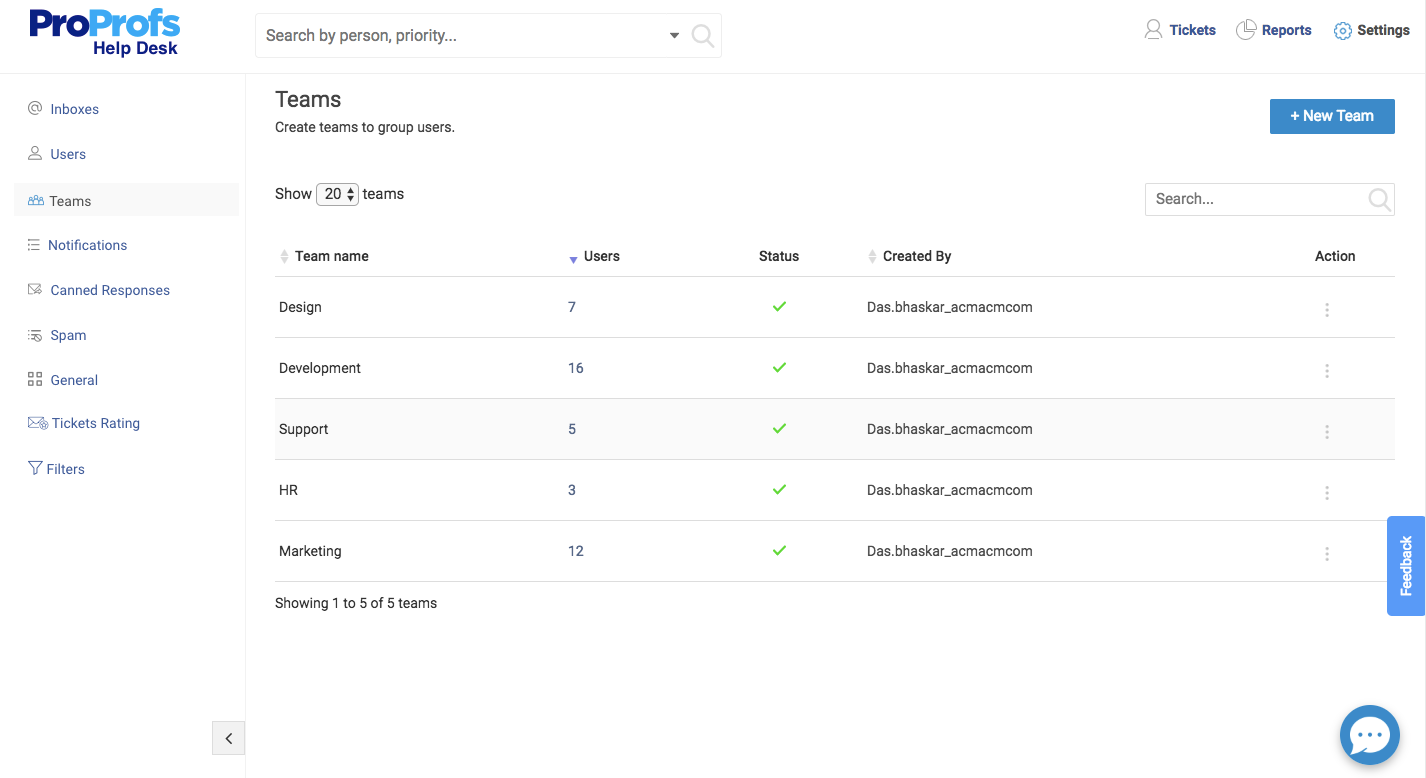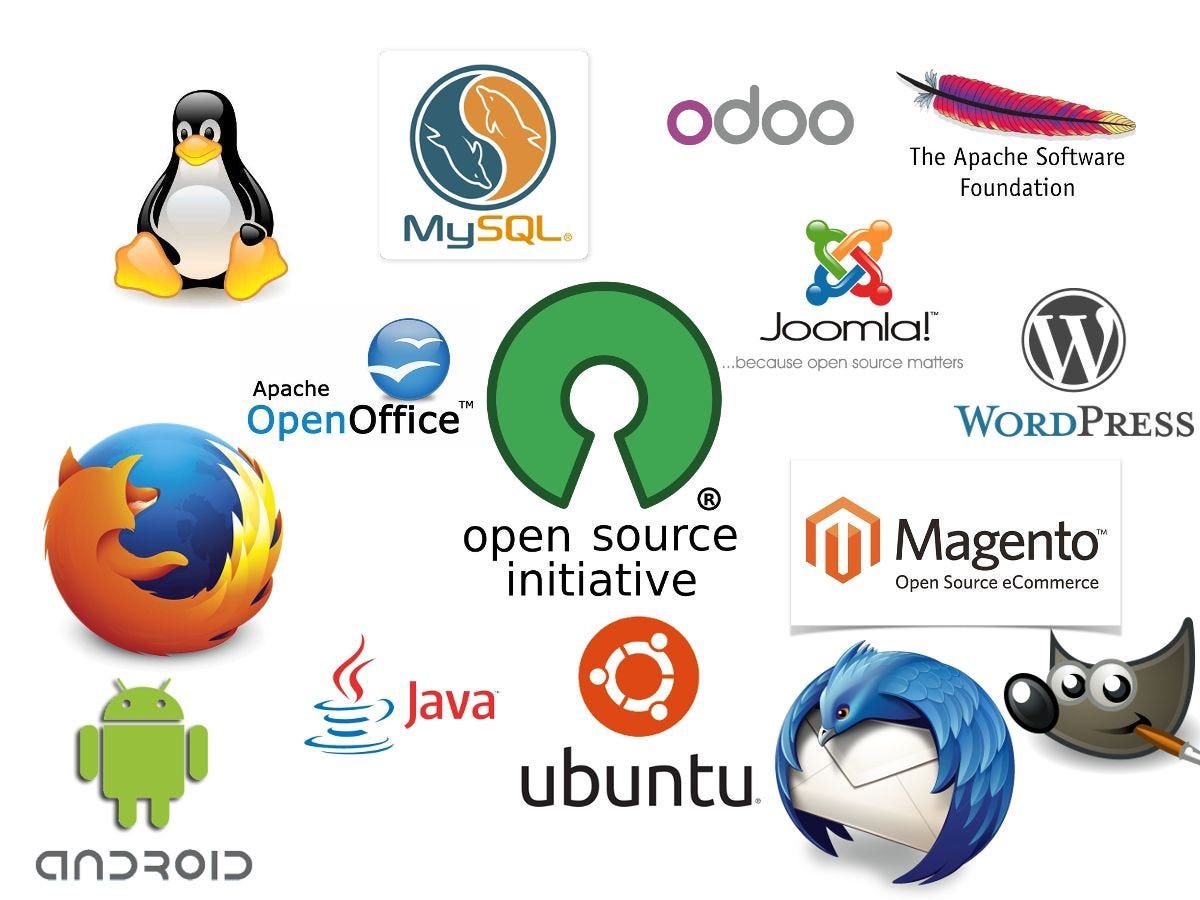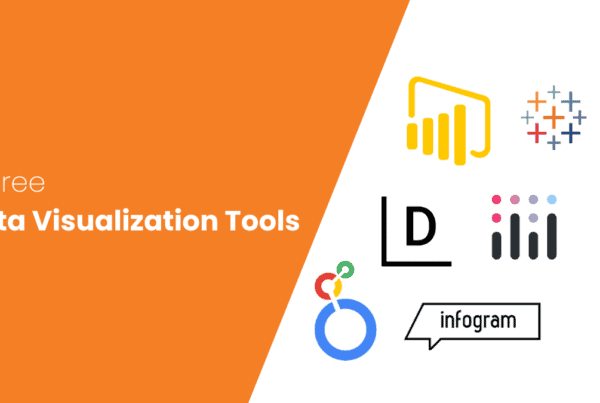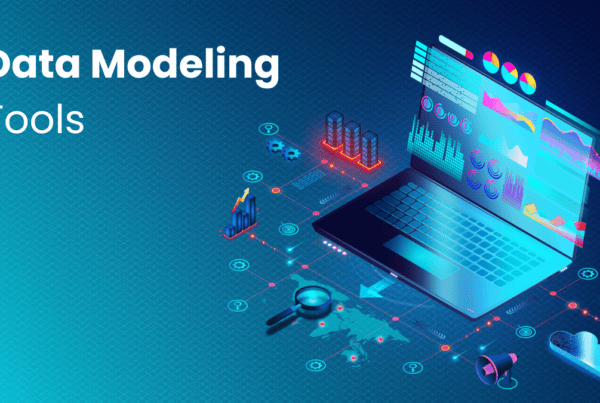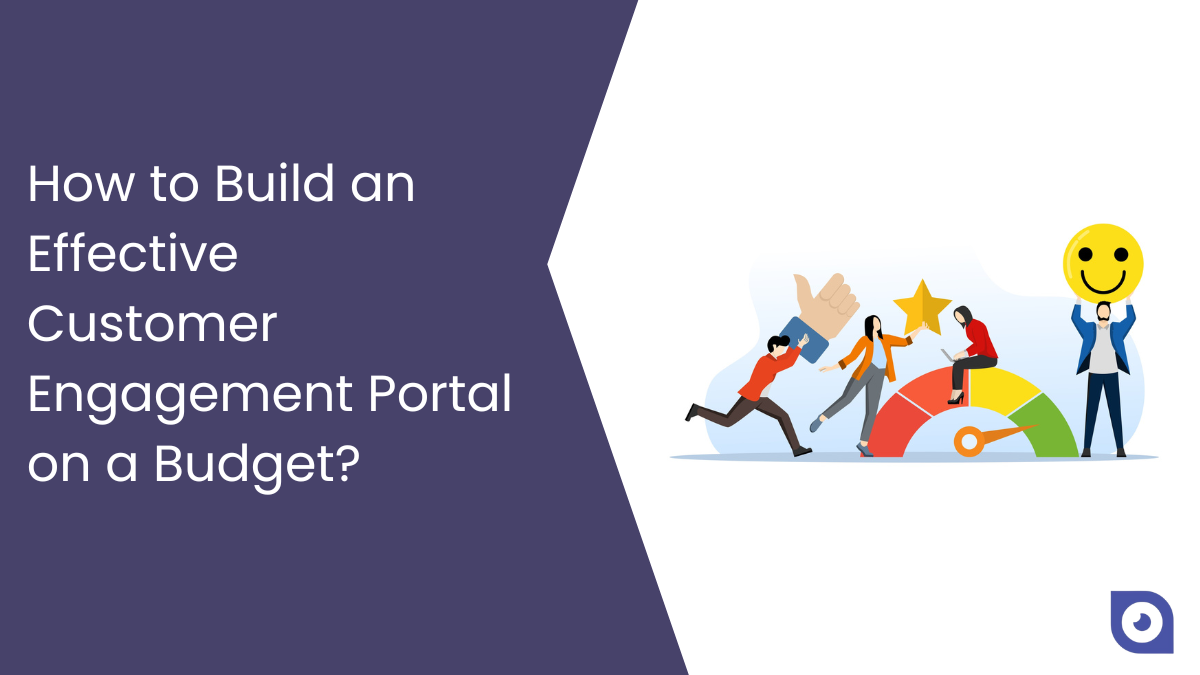
A customer engagement portal is a website where customers can use services, get help, and talk to the business. It helps the business make customers happy, loyal, and more likely to buy more.
However, making a customer engagement portal is not cheap. You need to plan, design, build, and maintain it. This can be hard for small businesses or startups with little money.
But don’t give up. You can make a good customer engagement portal with less money. This article will show you how with useful tips and advice to help you spend wisely. Let’s begin!
Understanding the Purpose of Customer Engagement Portal
These digital platforms serve as a bridge between a business and its customers. It’s a one-stop shop where customers can access a variety of services, from getting support and accessing products or services to communicating directly with the business.
The role of a customer engagement portal is multifaceted. It not only provides a convenient way for customers to interact with a business, but it also allows businesses to better understand their customers’ needs and preferences. This two-way interaction fosters a stronger relationship between the business and its customers, leading to increased customer satisfaction and loyalty.
The benefits of a customer engagement portal are numerous. For customers, it offers convenience, personalization, and improved communication. For businesses, it provides valuable insights into customer behavior, improves efficiency by automating routine tasks, and enhances the overall customer experience.
In the long run, an effective customer engagement portal can lead to increased customer retention, higher conversion rates, and ultimately, business growth. Despite the initial investment, the potential return makes it a worthwhile endeavor for businesses of all sizes.
Building a customer engagement portal is a strategic move that can significantly enhance your business’s relationship with its customers. However, budget constraints often pose a challenge. Check out the practical strategies and cost-saving measures, explained below, to help you build an effective customer engagement portal on a budget.
Building an Effective Customer Engagement Portal on a Budget
Building a customer engagement portal on a budget might seem challenging, but with the right strategies, it’s entirely feasible. Here are some practical tips and cost-saving measures to consider:
Define Your Goals and Audience

Before you dive into making your customer engagement portal, it’s important to know exactly what you want and who you’re making it for. Getting clear on these things is the first step before you start building:
- What do you want your customer portal to do?
- What problems or needs do your customers have?
- How will you know if your customer portal is doing well?
When you figure out what you want to achieve and who you’re helping, it helps you concentrate on the things your customers need and that will benefit your business. This way, you don’t end up spending time and money on stuff for your customer portal that isn’t important or useful.
Prioritize Essential Features
The first step in building a customer engagement portal on a budget is to identify and prioritize the most critical features.
For example, user registration is a fundamental feature that allows customers to create an account and access personalized services. Customer support, another essential feature, provides customers with a platform to raise queries or concerns and receive timely assistance.
Here are some key features it should have:
- Personalized Communication: Makes each customer feel special by talking to them in a personal way.
- Data Analytics: With it, you should understand what customers like and don’t like.
- Customer Support Tools: These provide ways to help customers when they have problems or questions.
- Feedback Management: Your business will be able to collect and handle what customers have to say about their experience.
- Text Messaging: Let customers send messages quickly and easily.
- Content Strategy: It allows you to share useful information that customers will find valuable.
- Gamify Digital Experience: Makes things fun by having contests on social media and giving away free stuff.
- Omni Channel Communication: This feature lets customers talk to it through different ways like social media, live chat, etc.
By focusing on these and other essential features, you can ensure that your investment is targeted toward enhancing customer engagement and satisfaction.
Choose the Right Platform and Tools
When you’re making your customer engagement portal, a big choice is picking the right platform and tools. There are lots of choices out there, from making something just for you to using software that’s already set up. The best one for you depends on how much you can spend, what you need, and what you like.
When you’re picking the tools and platform for your customer portal, there are a few things to think about:
- Cost: How much money can you spend on your customer portal? and, what about the cost of keeping it up and running?
- Features: What are the must-have things your customer portal should be able to do? And is it easy to add or remove features as your needs change?
- Integration: How well does your customer portal work with the other systems and tools you already use, like your CRM, help desk, or payment system?
- Scalability: Can your customer portal handle it if your business and customer base get bigger? How flexible is it to change with your business?
- Security: How safe is your customer portal and the info it deals with? What steps and standards do your tools and platform follow to make sure data is protected and private?
If you want to create a customer engagement portal, different computer programs can help, depending on what you need and how much you can spend. Here are some good ones I found online:
- Zendesk: This is a popular customer engagement platform. It gives you a lot of features, like a unified experience for customers, an AI-powered workspace, automation, and more. Prices start at $19 per month for each person using it, and you can try it free for 14 days.
- Freshdesk: This is a cloud-based software that helps you handle customer support through email, phone, chat, and social media. It also has things like a knowledge base and analytics. You can use it for free if you have up to three agents, and paid plans start at $15 per person per month. There’s a 21-day free trial too.
- HubSpot Service Hub: This software works with HubSpot’s CRM, marketing, and sales tools. It lets you do things like create a help center, a ticketing system, and a live chat. It has a free plan with basic features, and paid plans start at $45 per month for two users. You can try it free for 14 days.
- ProProfs Help Desk: This helps you manage all your customer conversations in one place. It has features like a knowledge base, a chatbot, and a survey maker. You can use it for free with up to three agents, and paid plans start at $19.99 per person per month. They also have a 15-day free trial.
- Userpilot: This is a customer success software that helps you keep your customers happy. It lets you create interactive product tours and get feedback from customers. They don’t have fixed prices, so you need to contact them for a quote. You can try it free for 14 days.
There are many other options you can choose from it all depends on your needs. You can further reduce the cost of development by choosing open-source platforms.
Leverage Open Source Technologies
Open-source technologies offer a cost-effective alternative to proprietary software. Platforms like WordPress, Joomla, and Drupal are robust, customizable, and backed by a community of developers who continually improve and update the software. By leveraging these technologies, you can significantly reduce your development costs while still providing a high-quality customer engagement portal.
Iterative Development Approach
Adopting an iterative approach to development can help manage costs and ensure that your portal meets your customers’ needs. Start with a basic version of your portal, then gradually add features based on user feedback and analytics.
For instance, you might start with a simple portal that offers basic account management features. As you gather feedback from users, you can then add additional features like a personalized dashboard or advanced search options.
This approach not only spreads out the development costs over time but also ensures that you’re investing in features that provide real value to your customers.
Design for Ease of Use and Intuitiveness
How your customer portal looks is super important for making customers happy and remembering their experience. It should be simple, easy to understand, and look nice. Your customers should be able to get things done fast and smoothly, and it should make their time with your brand even better.
Here are some simple tips to make your customer portal look and feel awesome:
- Keep it Simple: Make sure your portal is easy to understand and not too crowded. Use clear buttons and labels, and guide your customers smoothly through the portal.
- Personalize It: Make your portal feel special for each customer. Use their name and preferences to show them content and deals they’ll like. Let them tweak their profile and settings to fit what they want. Because according to a study by Freshworks “69% of customers have stopped doing business with a brand because of a negative customer service experience.”
- Fit All Screens: Your portal should work well on phones, tablets, and computers. No matter what device your customer is using, your portal should look good and work smoothly.
- Show Your Brand: Make your portal look like it’s yours! Use your brand colors, logos, and images to give it a familiar look. Keep the tone and style in line with your brand personality and message.
Provide Self-Service and Community Options
Having a customer engagement portal is like giving your customers a do-it-yourself kit. They can sort out problems on their own without needing to bug your support team. It’s a big time and money saver for you, plus it makes customers happy and loyal because they can fix things without any hassle.
To make your customer engagement portal a self-help wonderland, offer these cool things to your customers:
- FAQs and Smart Answers: Make a helpful treasure trove of FAQs and easy-to-read articles that answer common questions. Keep it simple so your customers can quickly find what they need. This stat should be enough to let you know why this is important “47% of US online adults say they will abandon their online purchase if they can’t find a quick answer to their question”.
- Hangout Hub: Create a space where your customers can chat with each other and with you. It’s like an online community where they can ask questions, share ideas, and give feedback. Give shoutouts to the superstars who help out a lot.
- Chat Partners: Let your customers interact with chatbots or real people if they want more help or a friendly chat. It’s quick and personal, plus it makes things easier for your support team.
Automate Where Possible
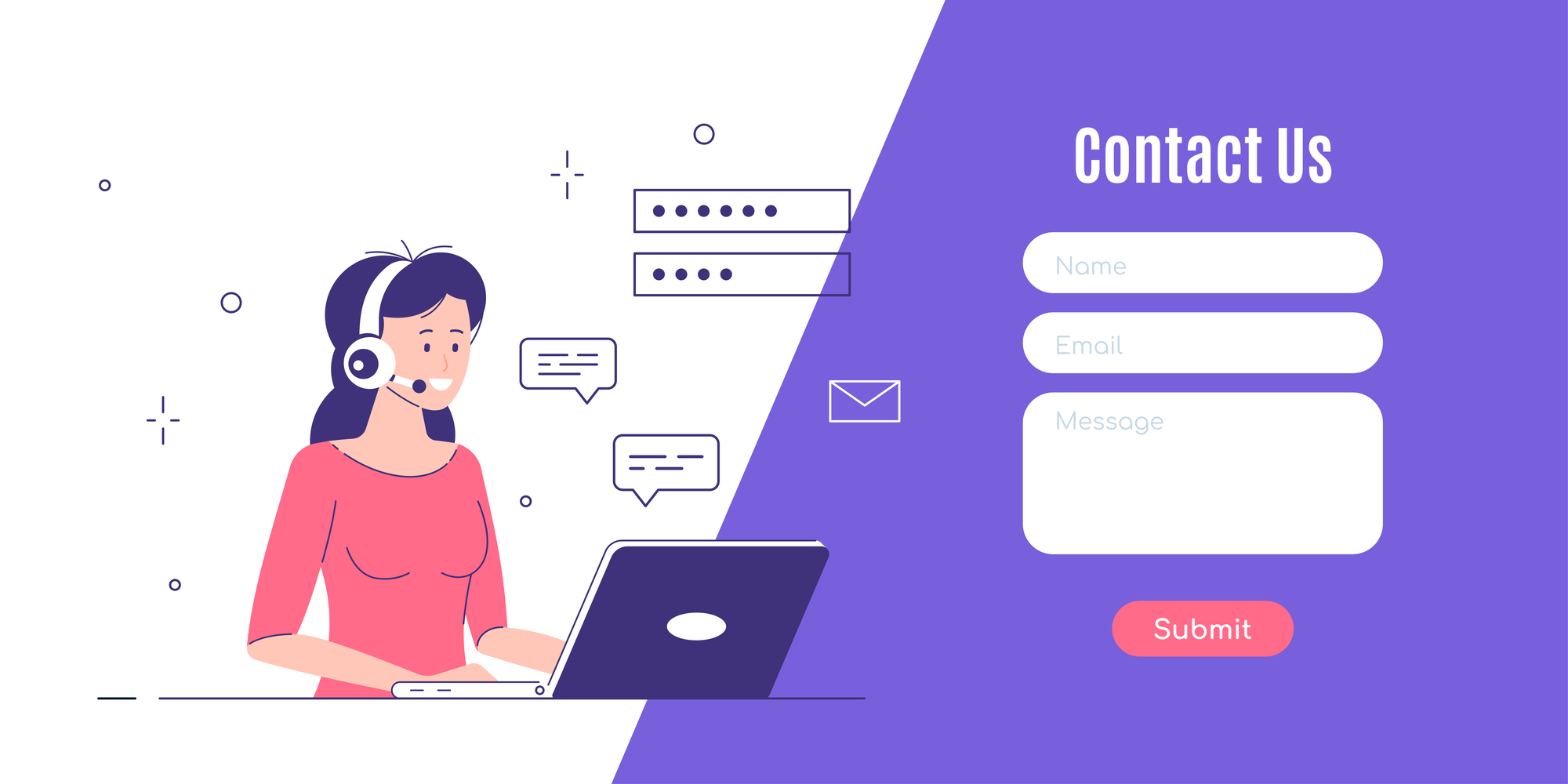
Automation can lead to significant cost savings in the long run. Look for opportunities to automate routine tasks within your portal. For example, you could automate responses to frequently asked questions using a chatbot, or automate form submissions using pre-filled fields based on user data. Automation not only reduces operational costs but also improves efficiency and customer satisfaction.
Test and Improve Your Customer Engagement Portal
Creating your customer engagement portal isn’t a one-and-done deal; it’s more like an always-evolving journey. You’ve got to keep testing and tweaking it. Keep an eye on how well it’s doing and use that info to make it even better.
Listen to what people are saying and look at the data to figure out what needs a little boost or polish. It’s a continuous process of making things awesome for your customers.
Here are some easy ways to make your customer portal even better:
- Hang Out with Users: Get your customers and potential customers to test your portal. Watch how they use it, what they like, and what bugs them. Their thoughts and opinions are gold! Because according to Freshworks “47% of customers feel a brand is being their best on social media when they offer good customer service.”
- Spy with Analytics: Use special tools to keep an eye on what your customers are up to on your portal. Check out important things like how many times they visit, how long they stay, and if they’re happy. It’s like your secret agent for improving.
- Ask for Report Cards: Get your customers to fill out report cards (surveys and reviews) on your portal. Ask them to rate and share their thoughts. It’s like getting a thumbs-up or down to know what’s working and what needs a little extra love. It is better to hear it yourself if the customers feel that they are getting a bad service from you because according to a report by ArenaCX “61% of customers have written a bad review elsewhere about a brand after a negative customer service experience.”
Maintenance and Upgrades
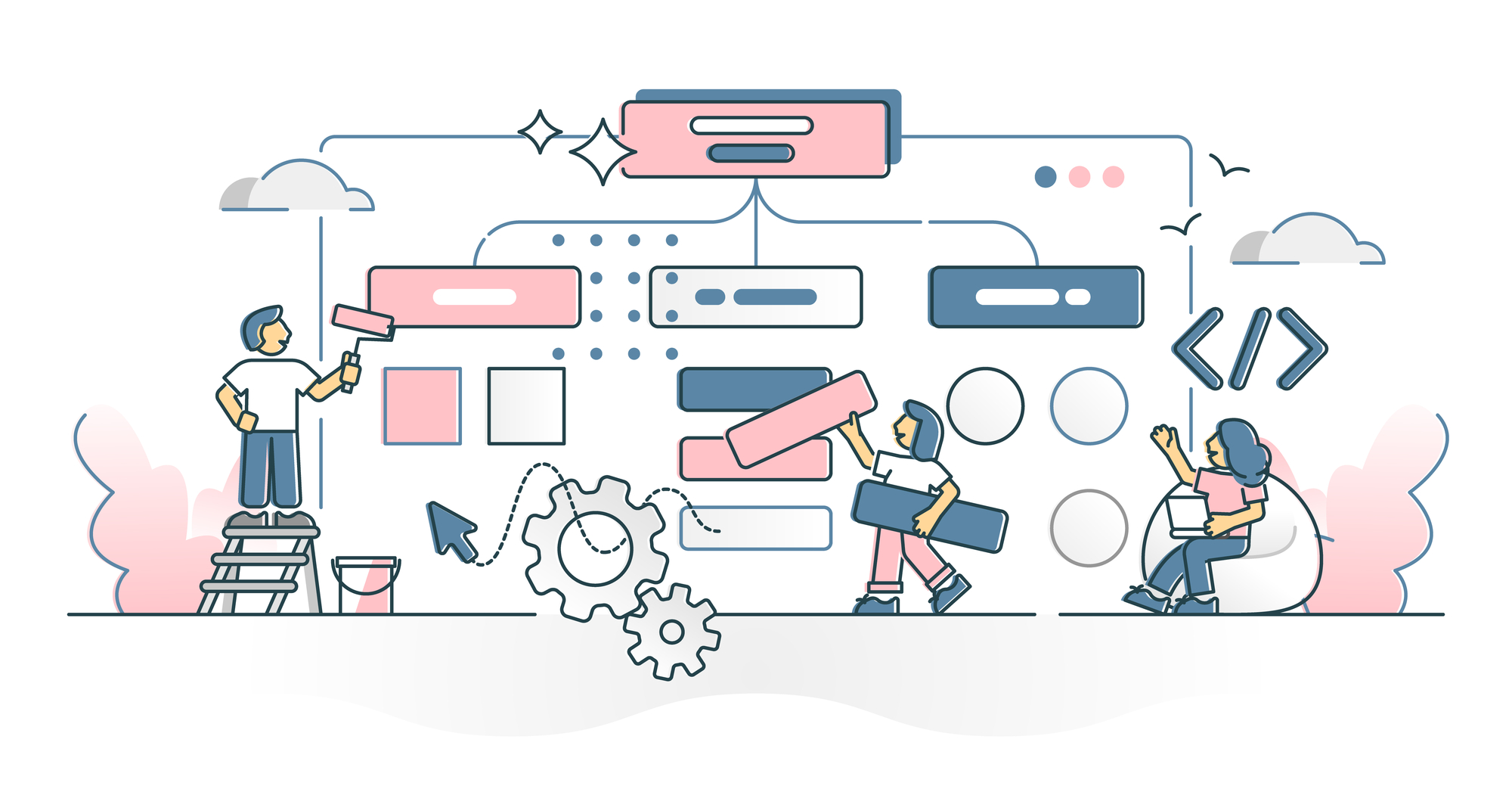
Finally, don’t forget to factor in the cost of maintaining and upgrading your portal. Regular updates are crucial to keep your portal secure, up-to-date, and in line with your customers’ evolving needs. For example, you might need to update your portal to comply with new data protection regulations or upgrade it to add new features requested by users. While this does entail ongoing costs, it’s an essential investment in the longevity and effectiveness of your customer engagement portal.
In-house vs Outsourcing
When it comes to development, you have two main options: in-house development or outsourcing. In-house development gives you more control but can be more expensive, especially if you need to hire new staff or train existing staff.
On the other hand, outsourcing can be a cost-effective solution, especially if you choose a software development team from a region with lower labor costs, such as Eastern Europe or Southeast Asia. Evaluate the pros and cons of each option to determine which is the best fit for your budget and needs.
Conclusion
Building a customer engagement portal is an investment in your business’s future. With careful planning and strategic decisions, you can create an effective portal that fits your budget and meets your business needs.
The key is to focus on your customers’ needs, leverage cost-effective technologies and strategies, and continually adapt and improve your portal based on user feedback and analytics. Remember, a good Customer Engagement Portal makes it easy for customers to interact with the product and helps make the product better, and then make decisions accordingly and wisely.
References:
- https://eluminoustechnologies.com/blog/customer-portal-development-guide/
- https://www.knack.com/blog/client-portal-examples/
- https://www.freshworks.com/freshdesk/resources/customer-service-statistics/
- https://toomba.com/en/web-applications/building-an-effective-customer-portal-tips-benefits-and-points-of-attention/
- https://www.iodigital.com/en/insights/blogs/self-service-portal-building-tips
- https://gocardless.com/guides/posts/How-to-Build-Effective-Customer-Portal/
- https://pages.arenacx.com/customer-service-during-covid-19-consumer-survey-results

